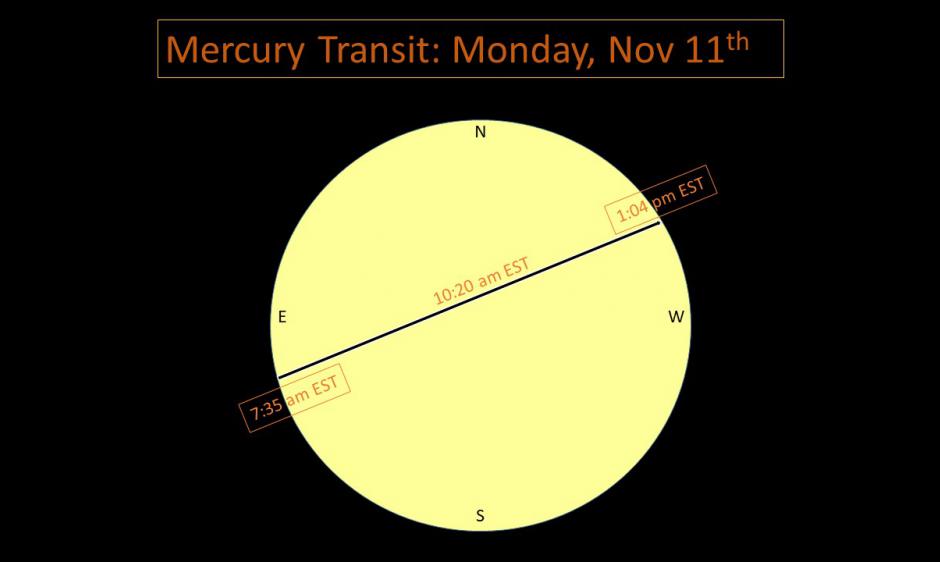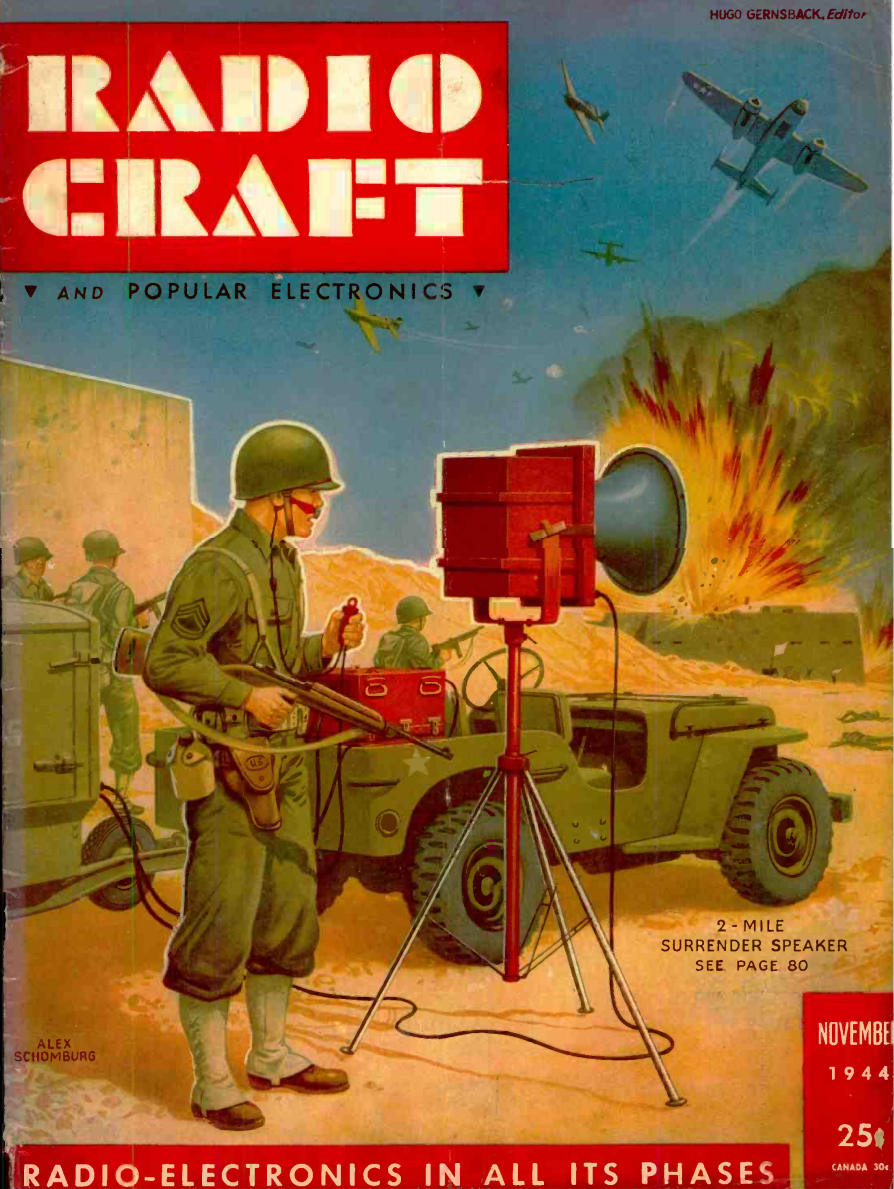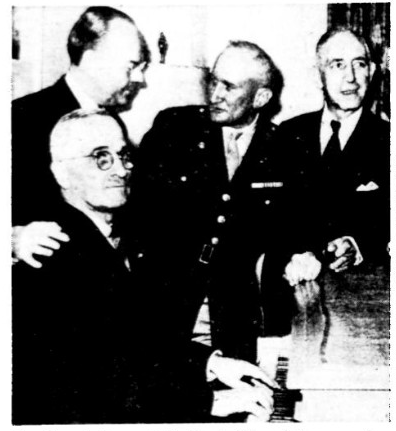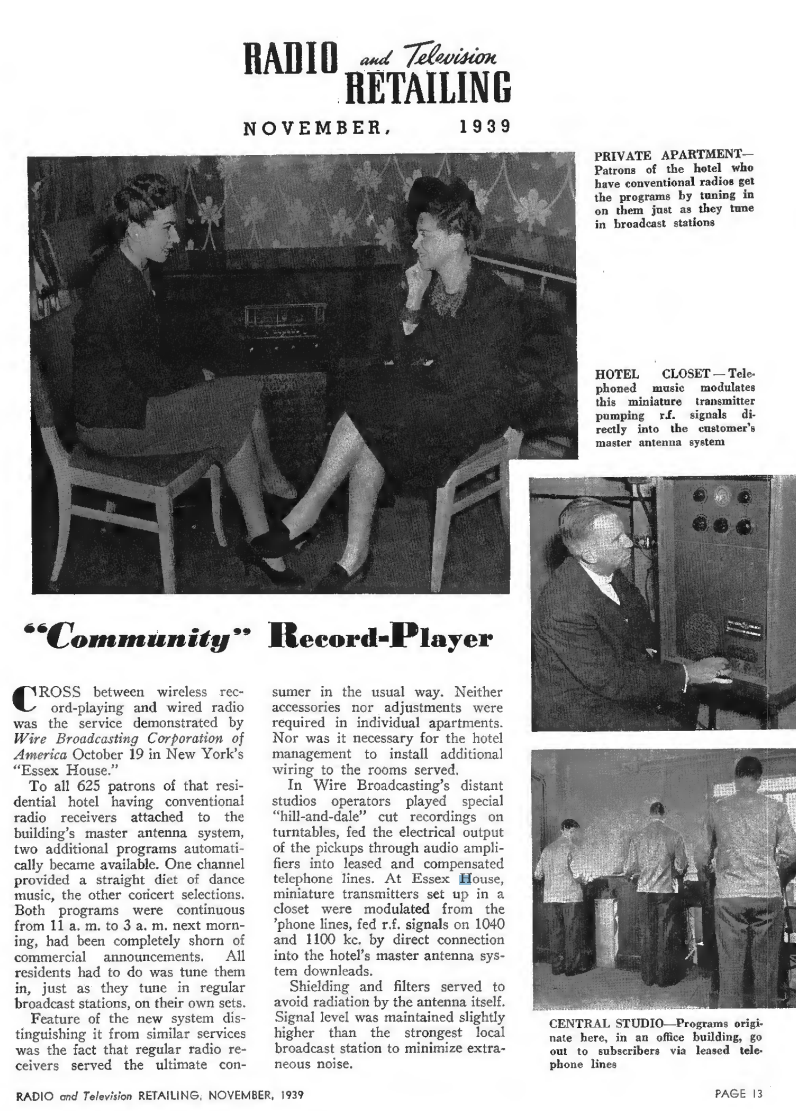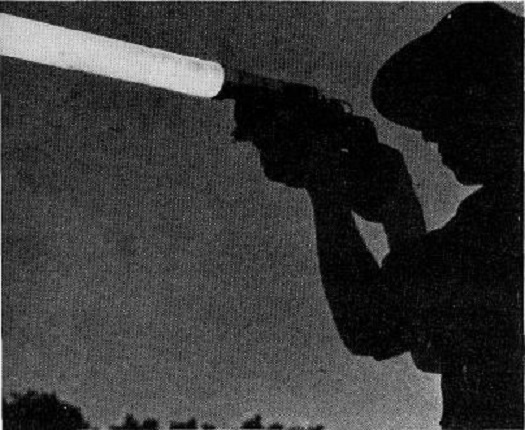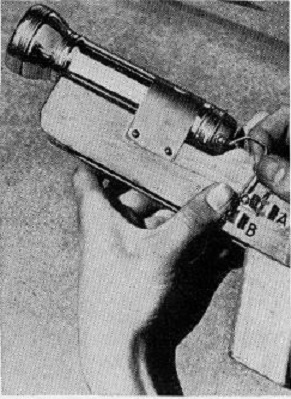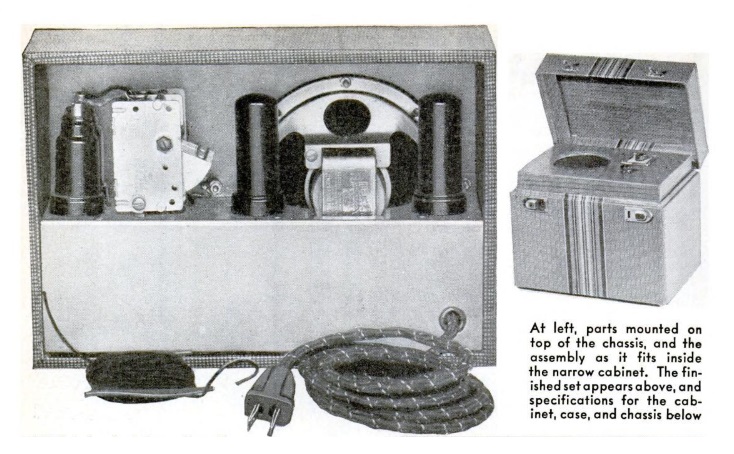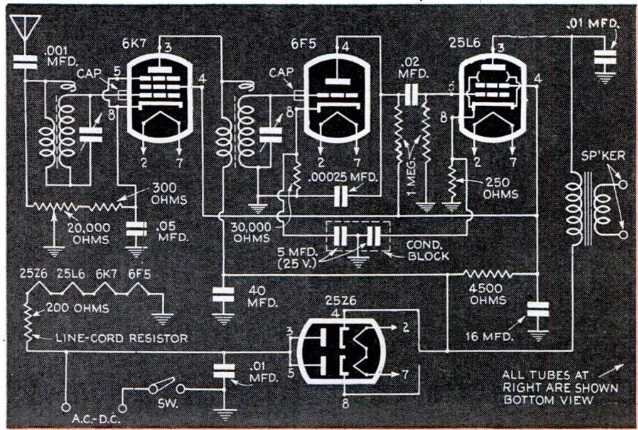Monday morning in North America, there will be visible a transit of Mercury. The innermost planet will pass directly between the sun and Earth, and will be visible as a small black dot.
The event will begin at 7:35 AM Eastern Time, 6:35 Central Time. Mercury will be at the centermost part of the sun at 10:20 Eastern, 9:20 Central. The event ends at 1:04 PM Eastern, 12:04 PM Central. Local sunrise in Minneapolis is at 7:05 AM, and I”m hopeful that it will be visible in the rising sun. I’m told that Mercury is too small to be visible with the naked eye, but I’m hoping that the sun’s low position on the horizon will make the small speck visible.
Even though the sun will be low on the horizon, you will need eye protection. So dig out those eclipse glasses that you acquired for the 2017 eclipse. If you are unable to view it, it will be live streamed from the University of Minnesota:

